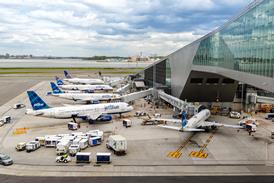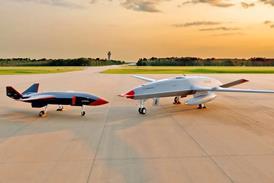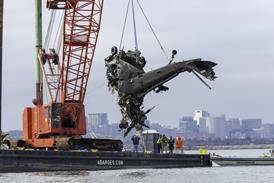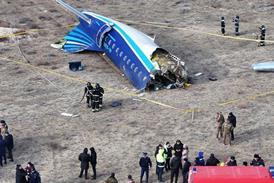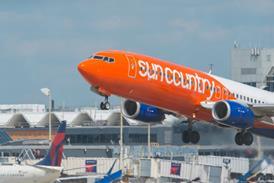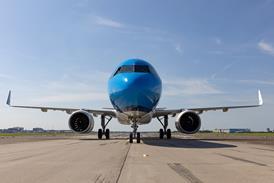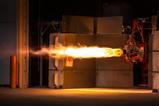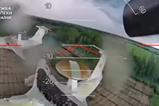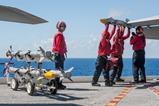Ukraine claims to have damaged or destroyed dozens of Russian strategic bombers in a brazen and unconventional clandestine raid.
The operation, which Kyiv confirmed on 1 June, involved smuggling more than a hundred armed quadcopter drones deep inside Russia. The small remotely piloted aircraft were then used to strike Russian air force assets parked in a neat row on the ground, including what appear to be nuclear-capable Tupolev Tu-95 bombers.
Video circulating on social media shows the first-person point of view vantage point from one of the strike drones. The UAV flies over a line of parked Tu-95s, at least four of which can be seen smoking or ablaze.

One of the aircraft explodes from the impact of another quadcopter weapon right as the recording drone passes overhead.
Ukrainian President Volodymyr Zelensky confirmed the strike on 1 June, calling it a “brilliant operation” carried out on “enemy territory” with “significant” Russian losses.
“The preparation took over a year and a half. Planning, organisation, every detail was perfectly executed,” Zelensky said on the social media site X. “It can be said with confidence that this was an absolutely unique operation.”
Unverified footage shows quadcopters launching from truck-mounted shipping containers located near the target airfields. A photo released by the Ukrainian Security Service shows rows of quadcopters housed in what appears to be a hidden compartment at the top of such a container.
The Ukrainian president claims that 117 quadcopter drones were used, each with its own remote pilot. Zelensky claims the raid struck multiple Russian air bases, damaging or destroying “34% of the strategic cruise missile carriers”.
Moscow has made heavy use of air-launched long-range cruise missiles over the course of the three-year war in Ukraine, often firing the deadly weapons into densely populated urban areas.
Russia has a number of platforms cable of launching cruise missiles, including 47 Tu-95 turboprop bombers at the start of 2025, according to data from aviation analytics company Cirium. The inventory also includes 15 newer Tu-160 jet bombers and 57 Tu-22M naval strike bombers.
That represents a total bomber force of 119 aircraft. If Ukraine’s claim of hitting 34% is to believed, it would mean the drone strike successfully targeted 40 Russian bombers – a seismic degradation to Moscow’s strategic air capability.

Long-range bombers are a critical leg of the so-called “nuclear triad” for delivering atomic bombs deep into enemy territory, with the others being ground- and submarine-launched intercontinental ballistic missiles.
Zelensky affirmed those numbers, saying the strike mission has deprived the Russians of “over 40 units of strategic aviation”.
Another video from a higher vantage point shows a four-engined high-wing jet ablaze next to a line of Tupolev bombers. The thick smoke makes identification difficult, but the aircraft resembles an Ilyushin Il-76 transport.
Russia’s numerically scarce and critically important Beriev A-50 airborne early warning and control aircraft are also based on the Il-76 airframe. At least two A-50s are known to have been lost to hostile action since Moscow invaded Ukraine. Only 12 examples were listed in the Russian air force inventory at the start of 2025, Cirium data suggests.
Notably, the Ukrainian commander-in-chief says preparations for the attack were carried out with boots on the ground in Russia, seeming to imply the assistance of Russian collaborators or partisans operating against the regime of Russian dictator Vladimir Putin.
“The people who assisted us were withdrawn from Russian territory before the operation, they are now safe,” Zelensky says.
Without providing specifics, Kyiv says the air bases targeted were spread across three different time zones within Russia.




